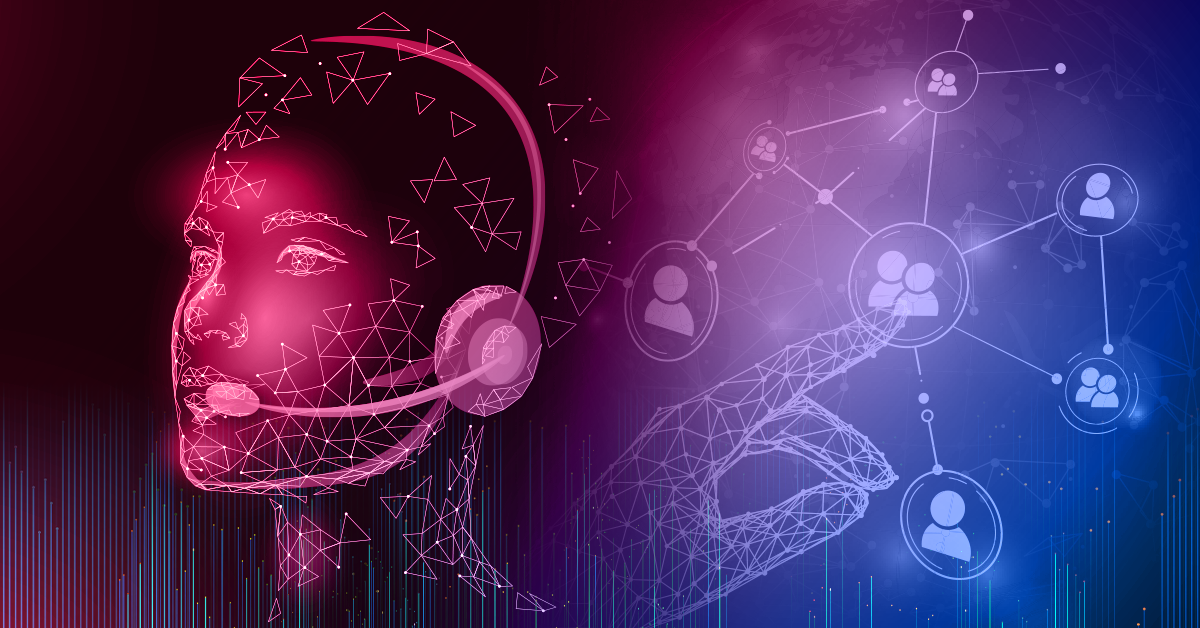An engineer at Google made headlines recently when he was put on administrative leave for insisting the company’s AI was sentient. To the untrained eye, published conversations between the engineer and LaMDA, the AI, certainly read like something straight out of the sci-fi movies humans have been making for decades. Just a few of the many films depicting what might happen in a world where technology is self aware and can act in its own self-interest include Metropolis in 1927 and 2001: A Space Odyssey in 1968; The Terminator, Blade Runner, and WarGames in the early ’80s; and Avengers: Age of Ultron and Ex-Machina in the last decade. As significant advancements in artificial intelligence (AI) and machine learning (ML) are made, when should we start worrying about sentience?
Sentience Is a Moving Goalpost
In 1950, computer scientist and mathematician Alan Turing proposed what is now known as the Turing Test as a means of determining whether a computer can think like a human. The test involves one simple question: Can a human tell they are having a conversation with a computer? If not, Turing argued, the machine has demonstrated human-like intelligence.
While some may still use the Turing Test as a starting point, more than 70 years’ worth of advancements have been made since then. Artificial intelligence has become more sophisticated and refined. An ecommerce chatbot might pass the Turing Test for the average customer, but we wouldn’t call that chatbot sentient.
“The consensus in the machine learning community is that sentience is a moving goalpost,” says Laivly’s Director of Machine Learning, Jonathan Rioux. “AI merely emulates text of greater sensitivity.” In other words, the machine is getting better at mimicking humans, but it still requires the input of humans. And that keeps changing the definition of what it means for a computer to pass as a human.
Why Brands Add AI to CX Programs
As technology advances, more brands are adding AI to their customer service programs. Often, they want to provide self-service options. Some self-service solutions — an advanced chatbot, for example — may successfully pass for human assistance, but customers usually know they are interacting with a computer.
Another reason brands turn to AI for CX solutions? They hope to reduce the cost of their human workforce. While AI-based automation can handle a lot of the tasks that typically fall to human agents, the current state of the technology still requires some level of oversight — and more complex situations often need a human’s discretion or critical thinking.
The most forward-thinking brands, though, add AI to support human agents. When used effectively, attended AI and automation can help reduce the more mentally taxing aspects of an agent’s job and centralize necessary information, which means agents can focus on the human connection of each contact. Attended AI can also smoothe the hand-off between a bot and a live agent, eliminating the frustrating process of having a customer repeat the same information they’ve already provided.
AI Operates Within the Bounds of Its Programming
Advanced AI and machine learning (ML) programs — like Laivly and SIDD, our agent assistant that lives on the desktop — may seem to have a mind of their own, but rest assured they are simply programmed that way.
“The human/AI boundary blending happens from an operational standpoint,” explains Rioux. “SIDD learns and automates based on what it witnesses.” At its core, the intent of ML is that a computer program can adapt without explicit instructions by observing and interpreting patterns in data. As humans, we aren’t as good at identifying patterns as we may think we are, and that’s part of what makes AI so uncanny.
Should you be concerned about sentient AI? No. Nor should you expect the human workforce to be replaced by hyperintelligent machines anytime soon. While exciting advancements are made in the AI field all the time, says Rioux, “the day where customer care is filled with automated AI bots is still quite far.” Human empathy and unique human connection remains at the heart of great customer service.





